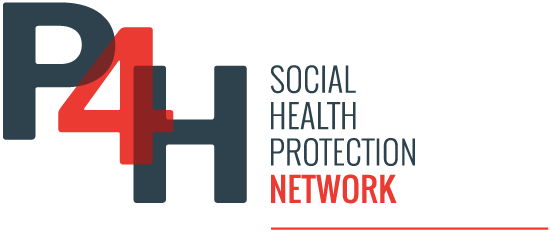This study analyzed 20 years (1999–2019) of Social Health Insurance budget trends. No major structural shifts were found in financing shares for hospitals, drugs, or primary care. However, emerging trends from reforms were observed in lower expenditure categories, indicating gradual sectoral changes.
Romania’s healthcare system is predominantly financed through public sources, accounting for 80.45% of total healthcare expenditure. The Social Health Insurance (SHI) scheme contributes 65% of the total, while 15.45% comes from state and local authority budgets. Private sources, including voluntary health insurance and out-of-pocket payments, make up the remaining 19.55%.
Categories with Stationary Trends
Several key categories of healthcare expenditure have remained largely unchanged over the 20-year period. Hospital services continue to dominate, consistently receiving over 55% of the SHI budget. Despite government commitments to strengthen primary and outpatient care, funding for these sectors has remained stagnant, with primary care and outpatient services receiving less than 9.2% of the total budget.
Total drug expenditure showed a stable trend, particularly after the introduction of the claw-back mechanism in 2012, which aimed to control pharmaceutical costs. Paraclinical (laboratory) services and rehabilitation hospitals also maintained their budget shares, with rehabilitation services receiving less than 0.5% of total SHI funds, reflecting a low priority.
Categories with Increasing Trends
Certain categories experienced gradual growth in funding, reflecting changing healthcare priorities and demographic needs. Medical devices saw increased allocations, particularly for prosthetics and assistive technologies. Dialysis and home care services also expanded as demand for chronic disease management grew.
One notable trend was the rise in cross-border healthcare spending, with Romanian patients increasingly seeking medical services in other EU countries. This category peaked at 2.5% of the SHI budget in 2016, signaling gaps in domestic healthcare service availability.
Categories with Decreasing Trends
Some healthcare services experienced declining funding, shifting financial responsibility onto patients. Dentistry saw a significant reduction in budget allocation, dropping from 2.4% in 1999 to just 0.3% in 2019. This shift resulted in increased out-of-pocket expenses for dental care, particularly affecting lower-income groups.
Emergency services also saw a steep decline in SHI funding after 2013, when responsibility for these services was transferred to the Ministry of Health. Additionally, administrative expenditures were reduced from approximately 3% to just over 1%, limiting investments in health system oversight, monitoring, and digital infrastructure.
Policy Impacts & Structural Challenges
- Reforms failed to shift resources from hospitals to primary and preventive care.
- High out-of-pocket payments (19.55%) limit healthcare access.
- Public hospital wages increased significantly (2016–2019), further concentrating resources in hospitals.
Recommendations
✔ Increase healthcare funding to at least 6% of GDP (align with EU standards).
✔ Shift resources from hospitals to primary and outpatient care.
✔ Invest in preventive healthcare and digital infrastructure.
✔ Ensure equitable healthcare access by reducing out-of-pocket costs.
